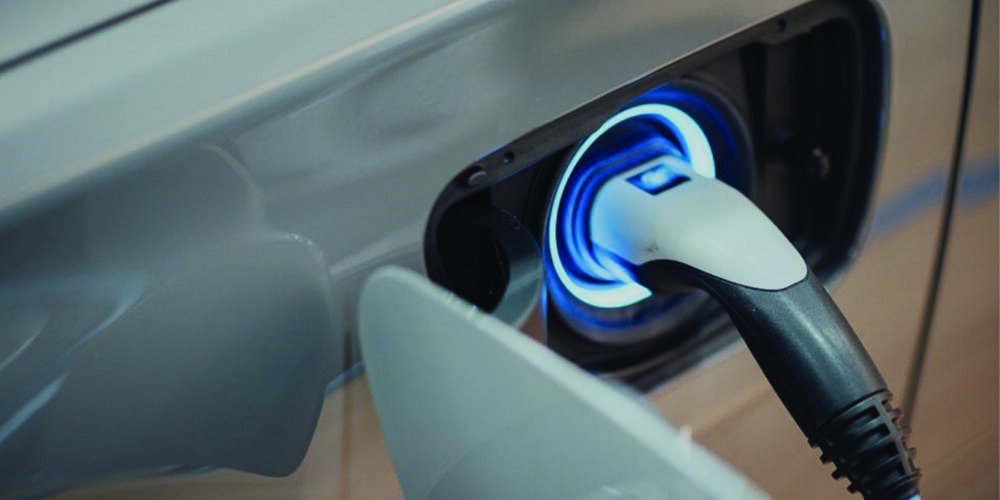
With the recent tariffs going into effect, it has sparked the discussion about regulations for vehicle replacement parts to keep some imported auto parts off the market. Most people think that with a stroke of a pen dangerous and sub-standard parts could be banned and parts quality will be improved overnight. But, what standards should be applied? Who should do the testing? This is where things get tricky.
For a technician, nothing is worse than ordering a part and finding out that it doesn’t fit or perform like the original. Can standards and regulations prevent this from happening?
The only mandated protection is a system that tracks defective products that might be in or already sold by the supply chain. These NHTSA issues can be viewed at www.nhtsa.gov/recalls under the “equipment” search. These recalls are usually issued after someone has been injured or there is a potential safety concern for the public at large. Unfortunately, NHTSA recalls do not prevent bad parts from making it onto cars and trucks in the first place.
What About Product Testing?
It is impossible to develop testing standards that can be applied to all the parts on a vehicle. NHTSA gets around this problem on new cars and trucks by developing “technology-neutral” standards. Regulations are based around a stopping distance, miles-per-gallon requirement or emissions levels.
Technology-neutral standards do not mandate a specific technology, device or manufacturer to meet a standard. Also, technology-neutral testing must be performed on a complete vehicle, not a single part.
For example, testing of an evaporative emissions system requires the vehicle to be put in a sealed chamber. The vapors are measured in the chamber under various conditions. Nowhere in the standard does it specify the type or placement of a charcoal canister or even purge solenoid. The standard just sets a level of emissions for the EVAP system.
Technology-neutral regulations are great for the free market and innovation. If an engineer or company can come up with a better technology to help a vehicle get a few more miles out of a gallon of gas, it can be included for the next model year.
But, technology-neutral regulations are not good for replacement parts. Why? Because you need a vehicle to test an individual part. This is not practical for the aftermarket where the average age of the vehicle is almost 12 years old. If a parts company wanted to make a part for an older truck that might be in the 8-year-old sweet spot, it would need a truck of that model year. This is not practical.
Why not test just the parts? Every vehicle has an average of 30,000 parts. While the oil, brake fluid and maybe the headlights have federal standards to meet, making rules for some parts is not practical due to the diversity of makes and models on the roads.
What Protects Us Now?
In my 25 years of working on cars, I have seen parts companies and brands come and go. The one thing that drives the leaders to make high-quality parts is their reputation. They know that taking chances on a part that causes comebacks or an unhappy customer is toxic to the brand.
They know that you are a long-term investment and if they betray your trust, it is almost impossible to gain it back.













